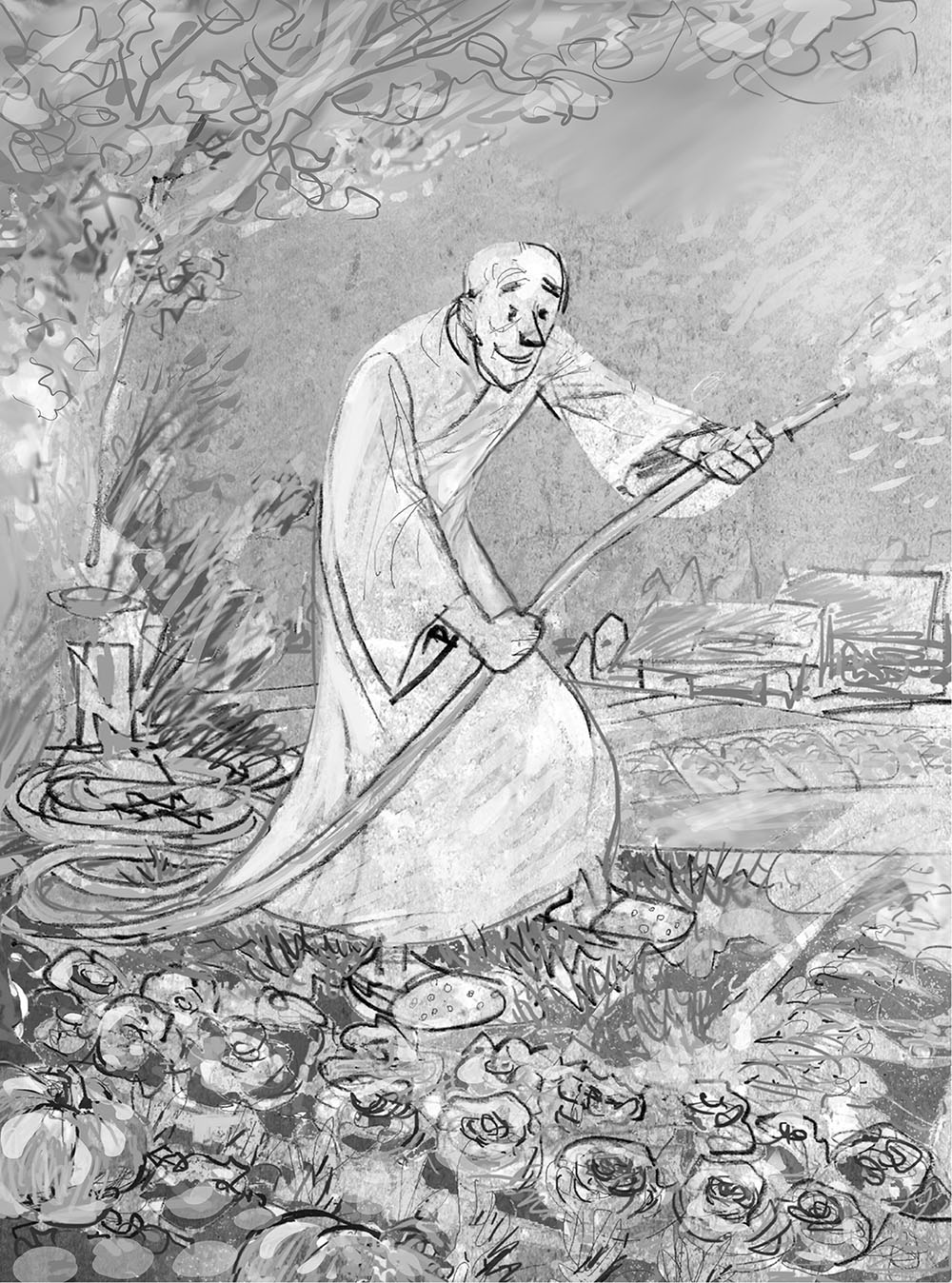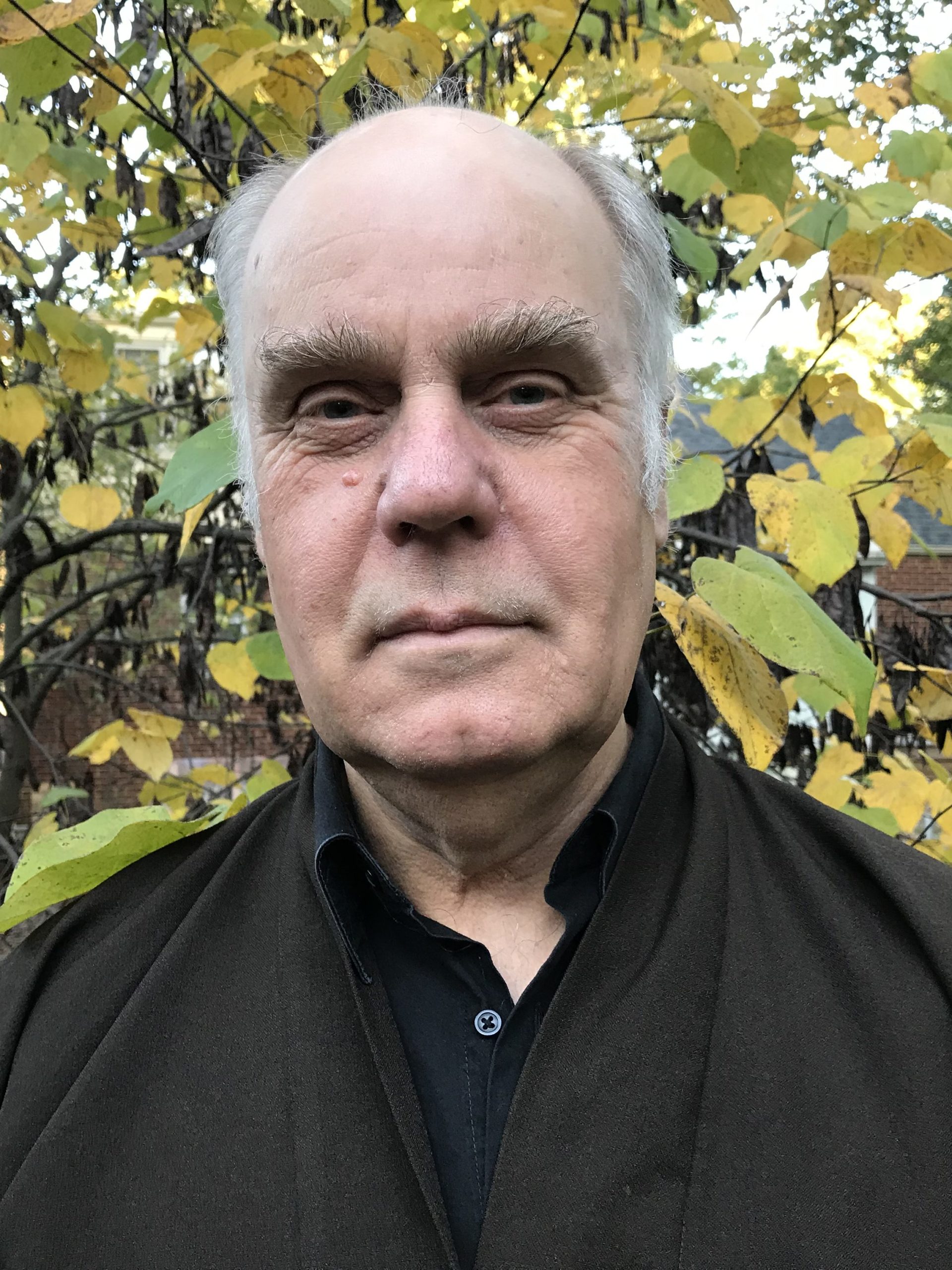By Patrick Smith

Years, quarters, months, days, or hours: depending on our professional duties, most of us dance within these time frames during the course of any given work day. With so many tasks to do, ideas to implement, situations to contemplate, and relationships to cultivate, where would I be without my day planner?
Early in my professional career, the University of Maryland sent me to a two-day time management seminar.
By Patrick Smith

Years, quarters, months, days, or hours: depending on our professional duties, most of us dance within these time frames during the course of any given work day. With so many tasks to do, ideas to implement, situations to contemplate, and relationships to cultivate, where would I be without my day planner?
Early in my professional career, the University of Maryland sent me to a two-day time management seminar. Managing our own and others’ time was—and still is—a key driver in business. I became well-versed in the art of using my Franklin Day Planner to track my tasks, results, and goals.
In 1989, I was introduced to a sitting meditation practice while I participated in a guitar retreat. We began each day with the practice of doing nothing. This practice changed my life and ultimately led me to a Sangha in the Plum Village tradition. I developed a daily sitting meditation practice and most days left home in a calm collected state. Frequently, I remembered to practice red light meditation during my commute. My aim was to practice walking meditation from the parking lot to my office, located in the food service department of a skilled nursing facility. I often forgot this practice when I encountered colleagues in the lot or rushed to be on time for our morning “stand up meeting.” I yearned to keep my mindfulness practice alive while at work, but I became lost in the myriad tasks, conversations, expectations, reports, and deadlines.
During a retreat with Thu Nguyen, he offered Qi Gong practice instructions of using our hands to draw a word while observing our body and breath during this gentle movement. My wife and I incorporated this practice into our daily Qi Gong routine, and we selected a word we wished to cultivate in our life—peace, love, understanding, forgiveness, or compassion. Akin to Thay’s practice of watering positive seeds, we embodied the word. Slowly tracing each letter in cursive with our hands, we used our entire bodies to mindfully draw the letters, turned slowly around, and enclosed our bodies with the energy of the chosen word for today.
One day, I added the word for today into my day planner as a reminder of my higher purpose and life aspirations. I found this to be a simple, yet effective way to care for my inner employee. This also helped me wake up to the present moment throughout the day. The word might be any positive attribute I wished to manifest. It could also be one of the company’s values, such as learning or growth. Importantly, each time I checked my calendar, my word for today attracted my attention.
In doing this, the word invited me to pause. I sat for a minute, became aware of my breath, and watered this positive seed. When time permitted, I meditated for a couple minutes on the word and cared for my body, mind, and emotions. I then had the opportunity to keep the word active as I resumed my duties and encountered any negative thoughts.
Many times the word for today alerted me that, once again, I dwelled in forgetfulness. Where was I? Why did I think or act in a certain manner? Which habit held me within its grip? Little by little, the word for today showed me who I really was and who I might become. These little impacts grew day by day, reminder by reminder, one breath after another.
This simple practice transformed my relationships with colleagues. One time, my wife and I thought about making a donation and were unsure how generous we had to be. That day I put generosity in my day planner. A delivery was late, the monthly report that needed a lot of work was due, and the employee schedule had to be completed. And the phone kept ringing! I smelled burning onions, and the cook was nowhere in sight. Plus, one of my favorite “opportunities for growth” staff members challenged me.
I hung up the phone and added an appointment for the next week into my day planner. Generosity, the word for today, attracted me. I paused and took a few breaths. Then the irritating thoughts about my staff person arose again. Fortunately, the seed of generosity had sprouted and I heard myself thinking, “Why can’t I be generous in my thinking about her?”
This thought opened the door. I saw the seed of justification in me—I did this for her, and she did that. Could I be generous enough in my thinking to see her as she was in the here and now? Could I let go of the old stories? Knowing that she was alive, suffering, and she also had needs, did I unnecessarily add to her suffering based on the past? Could I help? A glimmer of insight bloomed, and a relationship developed simply because my calendar had invited me to pause.
The word for today helps me mindfully maintain productivity and effectiveness. It lessens the physical, mental, and emotional toll from the demands of my occupation. Usually, I put a word for the next day in my planner before I leave work for home. If there is a quality I wish to develop, like understanding, I might put that word in a few days in a row and have an ongoing theme.
Whether we use a paper day planner, a computerized system, or an app on a phone, we can utilize this simple practice of allowing a word for today to invite us to pause and nourish our mindfulness of where we are right now.

Patrick Smith, True Collective Beauty, has been practicing with the Washington Mindfulness Community since 1991 and was ordained into the Order of Interbeing in 2011. Since retiring from a career in Food Service, he has twice addressed conferences of the Association of Food and Nutrition Professionals on mindfulness at work. For more information, visit his website at www.qicircles.com.

